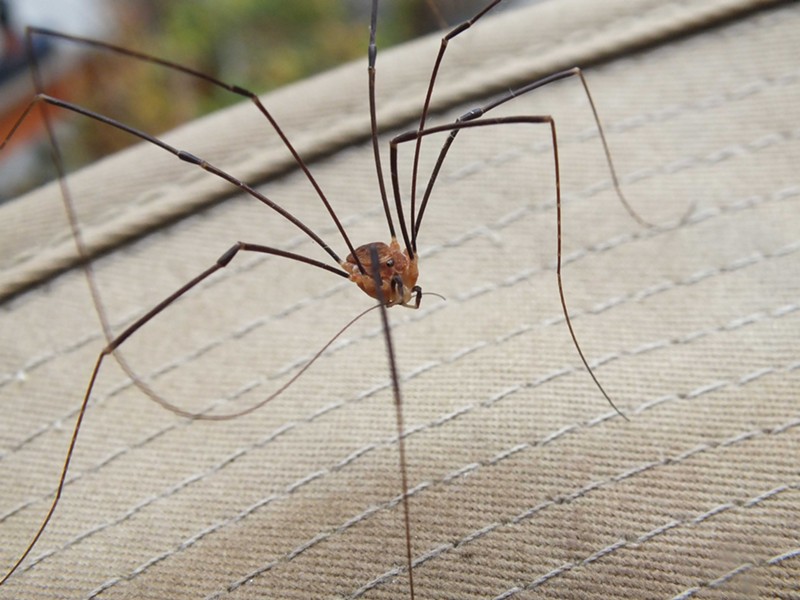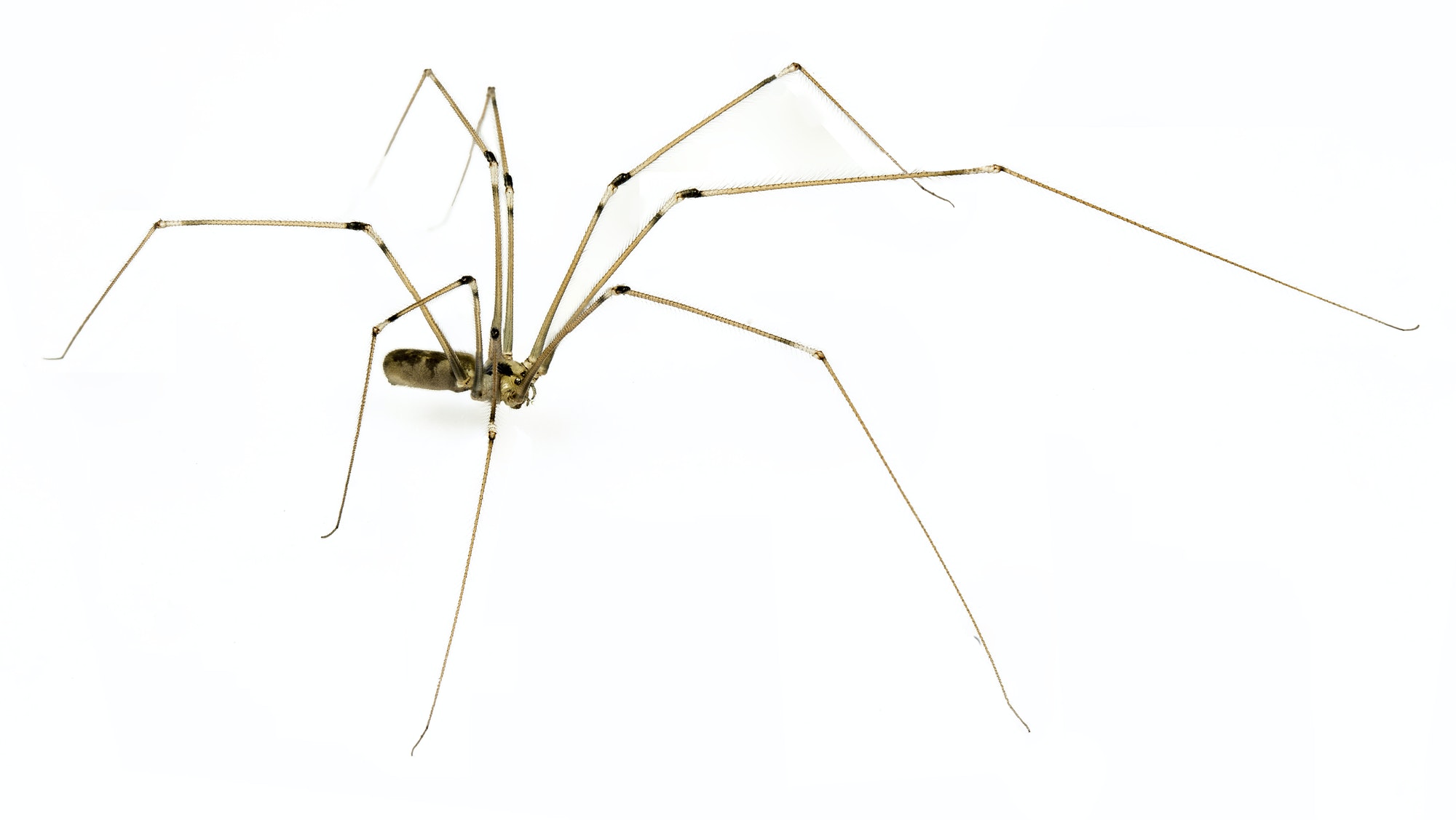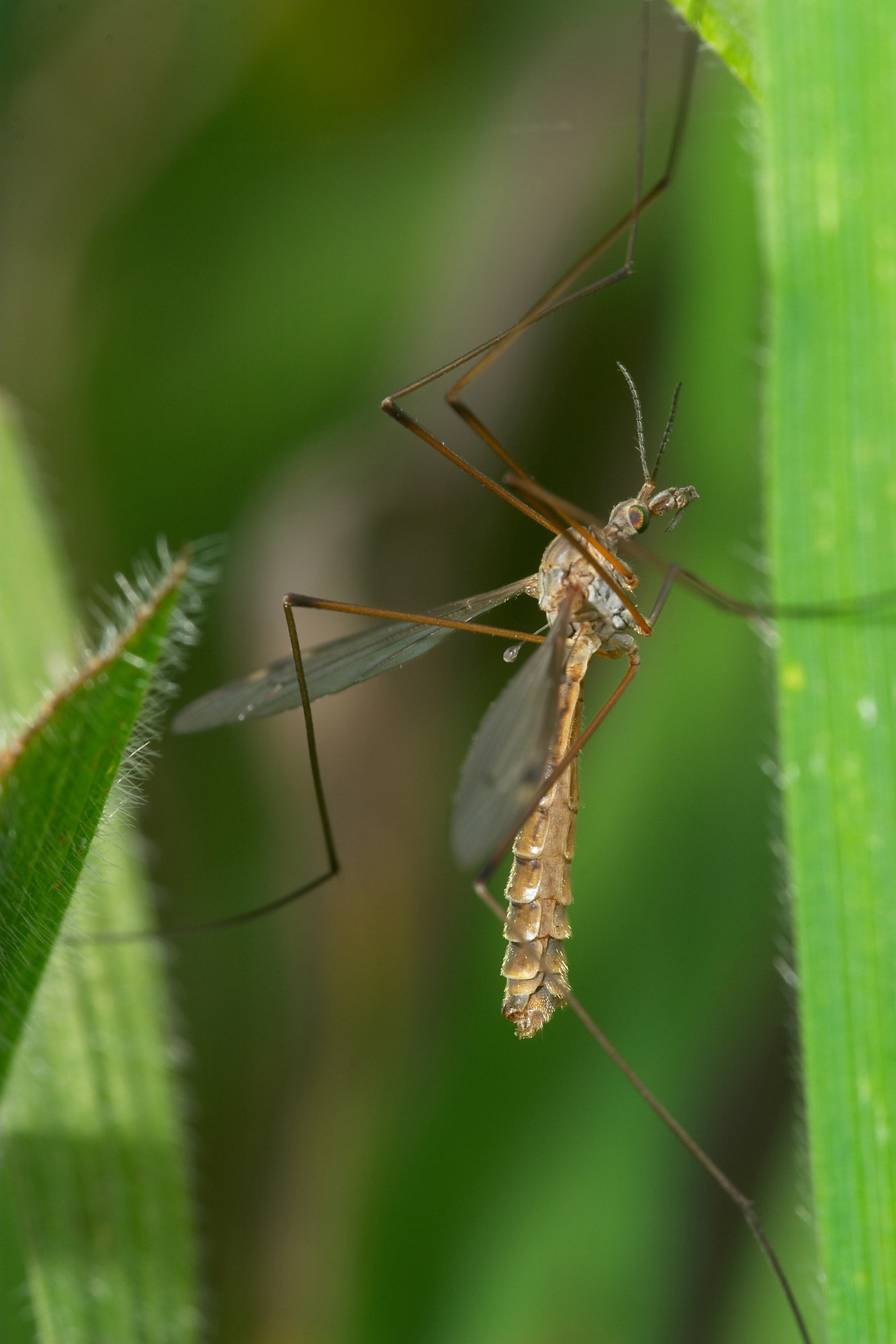Are Daddy Long Leg Spiders Poisonous?
The vast majority of people in the country have seen a daddy long leg at least one time. They are one of the most common household spiders in the United States and throughout the globe. Upon seeing the daddy long leg, one most likely has one of two perceptions on it:
it is either extremely poisonous, one of the deadliest spiders on the planet, but because of its flimsy teeth, it cannot penetrate the human skin; or that they are relatively harmless and will not hurt you. Which of these is the truth? Is the common household story of daddy long legs being dangerous accurate or is it a myth?
According to the University of California’s Department of Entomology, daddy long legs are not actually poisonous. Not only are they not poisonous, there are also two types of common daddy long legs.

The more commonly known and seen daddy long leg, the type that is usually found in the basement of houses, is not even a spider at all. Rather it is a “characterized by having one basic body segment which shows segmentation on the posterior portion, at most 2 eyes and all 8 legs attach[ed] to the pill-like body segment” (para. 3 “Daddy Long Legs”).
They do not produce silk and are often eaten by bigger spiders. They just have an external appearance of spiders because of their flimsy legs, but they are harmless little creatures.
The other type of daddy long leg actually is a spider. It is a member of the Pholcidae family and is also relatively harmless. The difference between these spiders and the former is that they can be harmful but never to humans. They have a sack of venom on their abdomens, but many tests have been done to see their impact on other animals, but are unable to determine the impact on humans with complete certainty due to the fact that experimenting on humans is a violation of the code of ethics. Despite this, it has been found, through an experiment done on mice, that venom is harmful to smaller and less sophisticated animals.

Another common myth is that their teeth are two flimsy to penetrate skin. In reality, their teeth structure is the same as that of the brown recluse spider, which can obviously pierce skin. However, it is unknown as to why daddy long leg spiders do not bite. There is not enough scientific research completed to know with complete certainty, much like the impact of their venom.
Scientists believe that the reason they do not bite though is because Pholcidae spiders wrap their prey in webs and catch them, whereas brown recluses are hunters who find their prey by searching and attacking.
In conclusion, for “true” daddy long legs, the ones people most commonly find, the myths are completely false. They cannot hurt humans and are completely harmless little creatures. For the second kind, the Pholcidae spiders, there is not enough scientific findings to support the conclusion either way.








